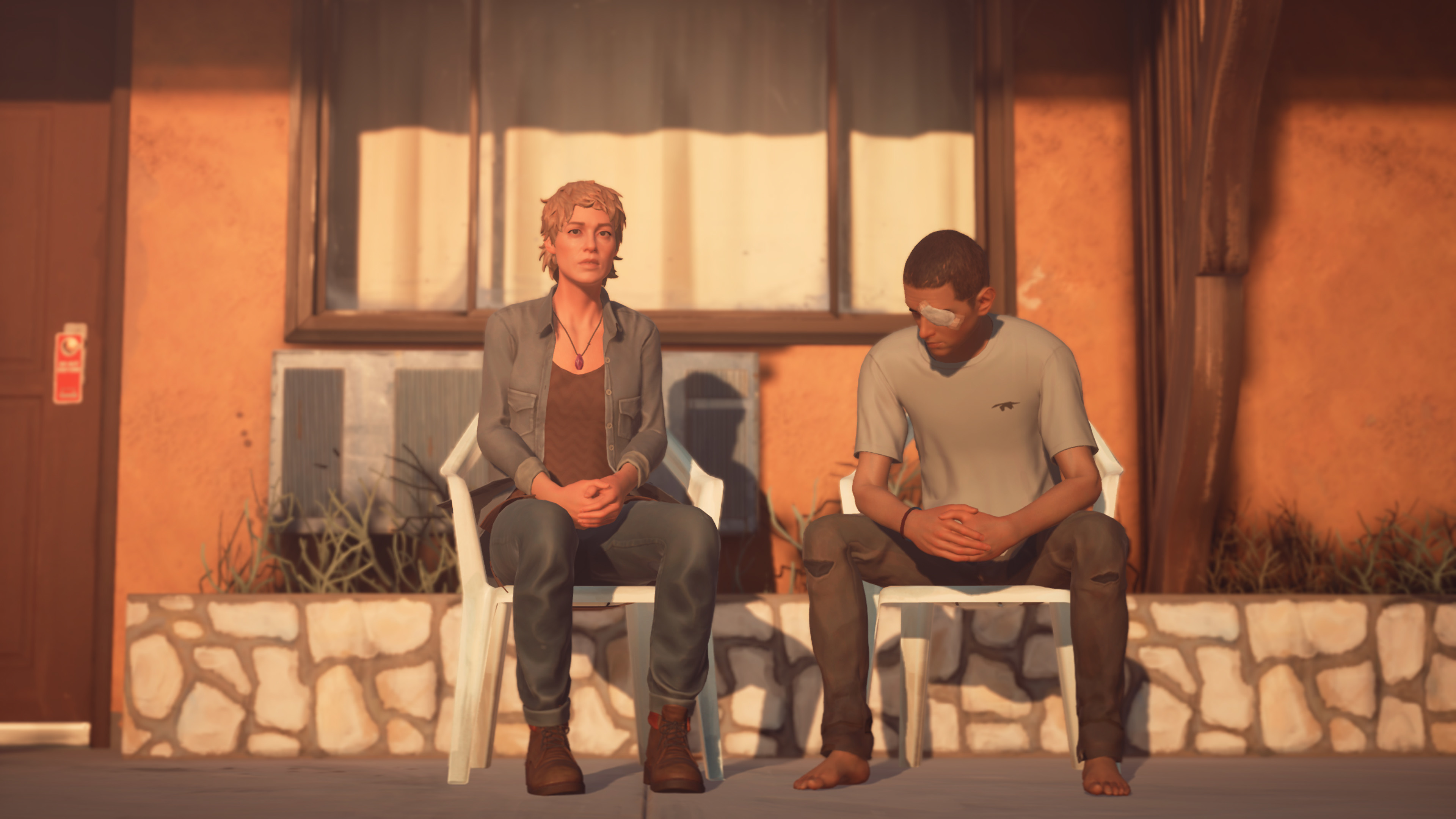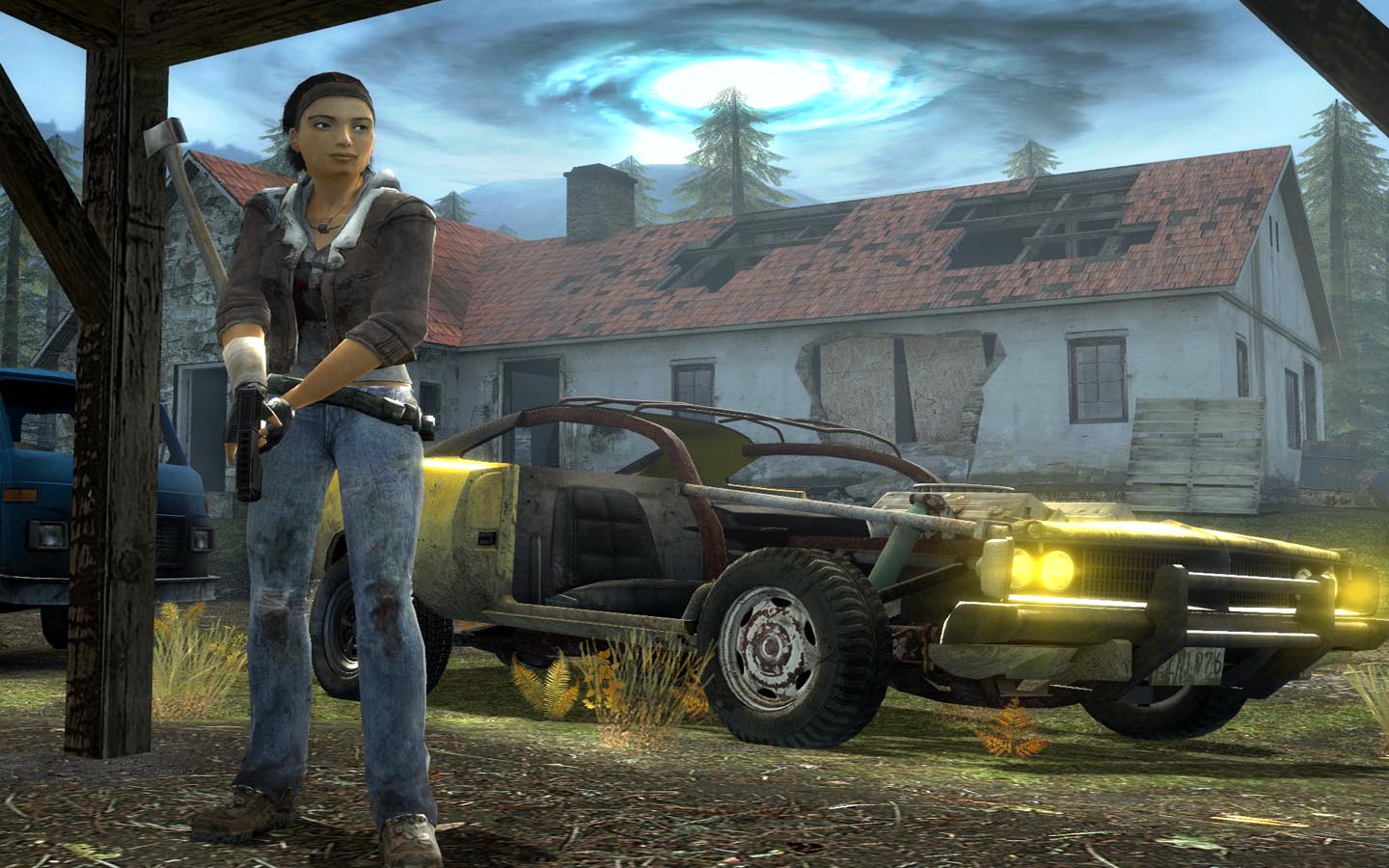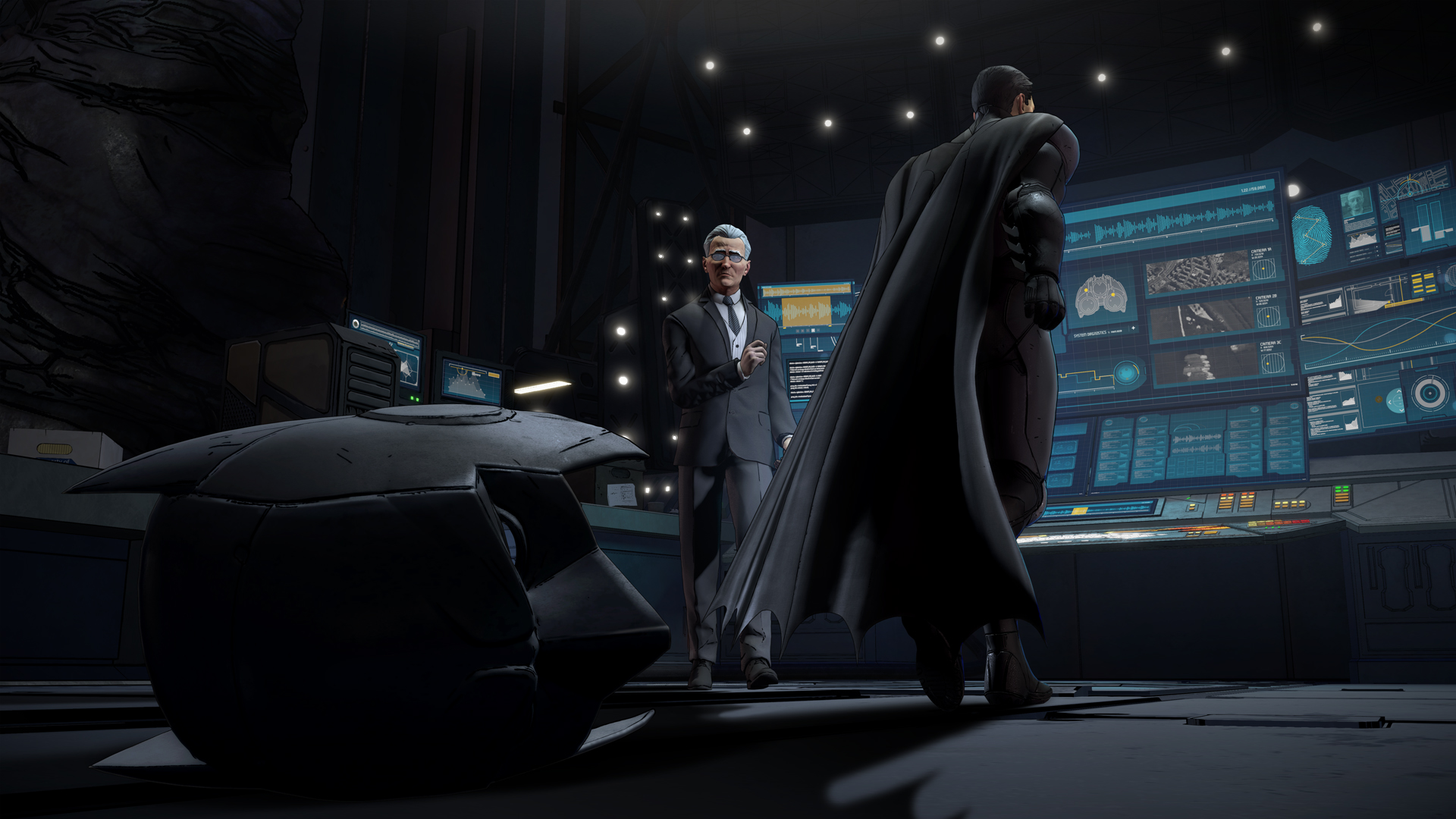Episodic Games Were the Future, and the Future Was Dead on Arrival
Credit to Author: Imran Khan| Date: Wed, 08 Jan 2020 14:26:32 +0000
Episodic gaming was one of those things that really seemed like it could have lasted forever, an idea whose time had come. For most of their history, video games werer self-contained, one-and-done releases. Expansion packs and quick-hit sequels pushed against the constraints of this model, but the constraints of technology that was dependent on physical media meant that they couldn't really escape or challenge this model. A game came in a box, and if you wanted more game, that required another box..
This might be why the idea of the episodic games, splitting a video game’s narrative structure into different episodes more akin to television shows than movies, was so exciting when it first became a viable reality. That excitement now feels ancient and naive on the other side of the decade, as we now eulogize the episodic game model well before it fulfilled its potential.
When they first sprang up, episodic games felt like a look into the future. With more modern online distribution systems, games could be downloaded as soon as they were available, which could emphasize video games as events. The first few iterations of this idea were called Episodes in their titles, such as the doomed Half-Life 2 episodes meant to continue the story of the landmark Valve game, and were just shorthand for games meant to come out in smaller chunks at some kind of consistent schedule. For Valve, at least, that idea fell apart rather quickly, ending the story extension on a cliffhanger. Sega even took a swing at the concept with a game they surprisingly named Sonic the Hedgehog 4, only to put the entire project to bed after two episodes.

Over the years, the concept was tweaked to lessen the investment and focus more on what could be done with lower budgets and a singular budget without the need for funding between episodes. This would allow episodes to come out faster and make each one a bigger individual deal. The new episode of The Walking Dead game could theoretically be the video game equivalent of, erm, the new episode of The Walking Dead TV show around the watercooler, but with an added dose of interactive story-swapping. When a season was done, much like a DVD of a TV show, they could throw it onto a disc and grab an audience that didn’t have any interest in being part of the initial conversation. The idea made sense, it was novel, and seemed to allow developers to work on things over a longer period of time with feedback to help them tune each new episode.
Moreover, this new foundation gave episodic games an advantage that other games did not have: the ability to maintain control over a conversation for a longer period of time. As video games would release and then sink back into the inky blackness of their respective stores and out of mind, episodic games got new reviews, new conversations on social media, and a new lease on life every month.
It is a prototype of the way that modern games as a service work now, both internally and externally The model took lessons from the way successful television worked in a pre-streaming world and applied them to video games. Transitional as it seems in retrospect, for the better part of the last decade, episodic games looked like the next big thing.

In 2020, however, the needle has shifted significantly away from this once-popular idea. Life is Strange 2, one of last year’s best publisher-backed narratives and sequel to the incredibly popular Life is Strange, came and went without much note from critics and consumers alike. Hitman 2, the sequel to a bold new direction for the series released in an episodic format, reverted to a single level-based structure and lost a lot of what was special about its predecessor in the process.
With Life is Strange 2 in particular, the tale of the Diaz brothers traveling across America had a release schedule that spanned from the summer of 2018 into December of 2019, or about 430 days. I asked a number of Life is Strange fans why they never bothered with the sequel and nearly unanimously the response focused on the unprecedentedly long release schedule. I also asked the game’s director Michel Koch if he would go back and do it differently seeing how people reacted to the sporadic schedule. While he would keep it episodic, even he admitted the gaps between the episodes were a little too much.
It's worth asking if there's any way to execute the episodic model that will be effective. The novelty has worn off, as the idea of getting a monthly game digitally delivered to your metaphorical doorstep isn’t really that interesting. Every console and PC storefront offers players a near-endless selection of titles that are perceived to be more complete, so it's harder to see the appeal in episodic games. Episodic games have been unable to define their positive value to consumers in a way that justifies the potential inconvenience of having to wait for the next installment.

It is not just video games that have changed, however. The idea of appointment TV slowly fell out of vogue in the last decade thanks to streaming and compilation discs, making monthly slow-burn video games feel like relics from an age past. The conveniences that birthed Netflix’s current form shaped an audience unwilling to suffer cliffhangers, which proved somewhat disastrous to a model utterly dependent on them. From both financial and entertainment perspectives, there was no reason for players to invest in episodic games until they were done, which in turn makes them poor investments to actually develop as episodic games..
One major symptom of episodic games' decline was Telltale Games closing their doors in 2018. As the primary purveyor of episodic titles, Telltale often struggled with finding hits outside of incredibly popular licenses like The Walking Dead, Batman, Guardians of the Galaxy, and other pop culture touchstones. This had the knock-on effect of crowding the market and making it so that other games with non-licensed narratives had little chance of standing out.
In a sense, episodic games were subscriptions you making a down payment on upfront, and there were only so many subscriptions people were willing to take on faith at once.

This isn’t to say that it is impossible that these games could do well anymore, just that it’s incredibly unlikely. To be popular game with an episodic structure, games have to be unique in some other way, and not be detrimental in another.
With Life is Strange 2, developers Dontnod were able to use the sizable gaps between episodes to represent a real time change in the story. Three or four months would pass in the story, making it feel like the player is observing part of a journey rather than simply waiting for resolution on the last narrative beat. It was a clever way to take advantage of the disadvantages of making an episodic game, but ultimately just puts a band-aid over a problem with no actual solution on the other side.
In broad terms, episodic gaming as we knew it is dead. That doesn’t mean the concept of the split-apart game is buried with it, but it does have to change. Despite the aforementioned Netflix model gaining so much popularity over the years, the eldritch monster that is Disney challenged the idea of binge watching by drip-feeding Baby Yoda every week on their streaming service to elongate the conversation. This could work a lot better for episodic video games, which seem caught in an old model that no longer serves either developers or players with compelling reasons to exist.

It isn’t exactly a new concept. In theory, doling out finished slices of a game at predetermined dates isn’t entirely different from how a lot of games function already in terms of post-launch updates. Episodic games can likely learn more from games as a service like Apex Legends than from single-package titles, even though the end-result looks more like the latter. Consistency is important, but trying to lasso and ride the zeitgeist over multiple months even with perfectly consistent releases is all but impossible. You might get lucky, but you probably won’t.
There are still games that benefit from being different and reveling in those differences. Hitman was an anomaly in how well the episodic model served its playground gameplay, allowing players to delve into and examine every individual level until a new one released. It is not known exactly how well this strategy worked for the game financially, but Square-Enix parting ways with the studio and the sequel releasing as a single-game package indicate that it was not amazing. Still, developer IO Interactive has indicated they see the value of the first game’s model, even if they are still figuring out a way to make it work for paying audiences.
Ultimately, that mentality is likely commonplace among developers of episodic games. The structure is not without its virtues and still has the same advantages it theoretically had when it was first popularized for developers, but it has fallen out of fashion in the wider market. There is nothing to really be done about it besides also try to adapt, if it’s even possible to do so while still keeping the same ideas intact.
It would be a shame to imagine a world without shared experiences like Life is Strange 2 and Hitman, butit is getting harder and harder to figure out how to reconcile those experiences with the convenience that many of us not only expect, but demand.
This article originally appeared on VICE US.